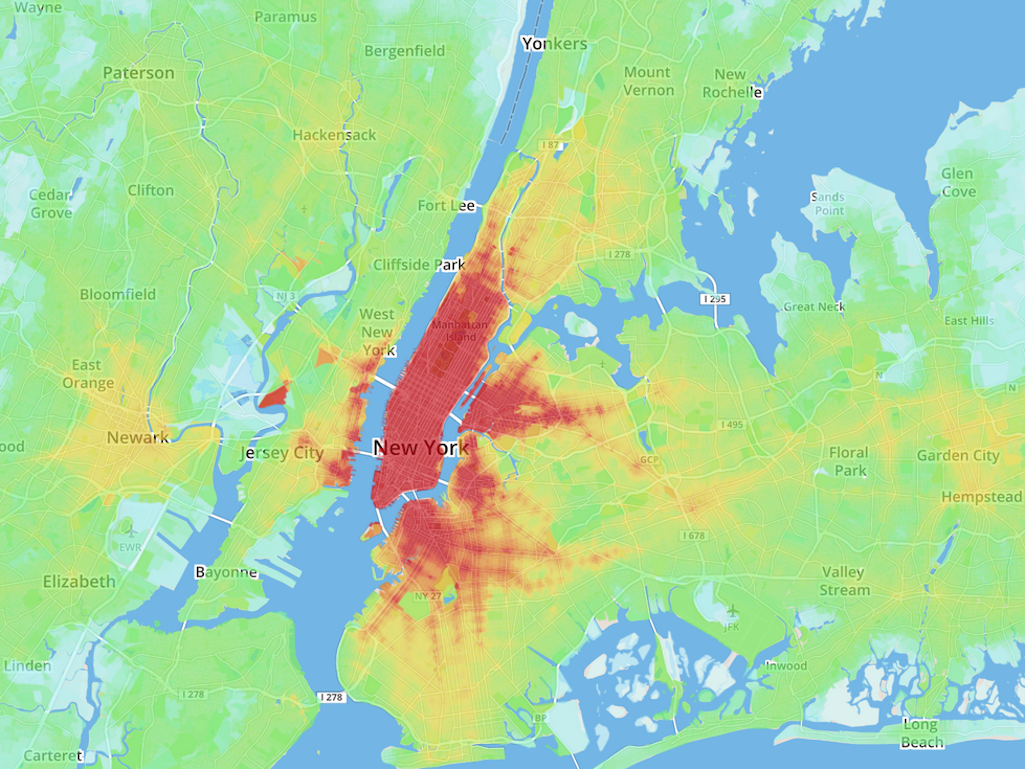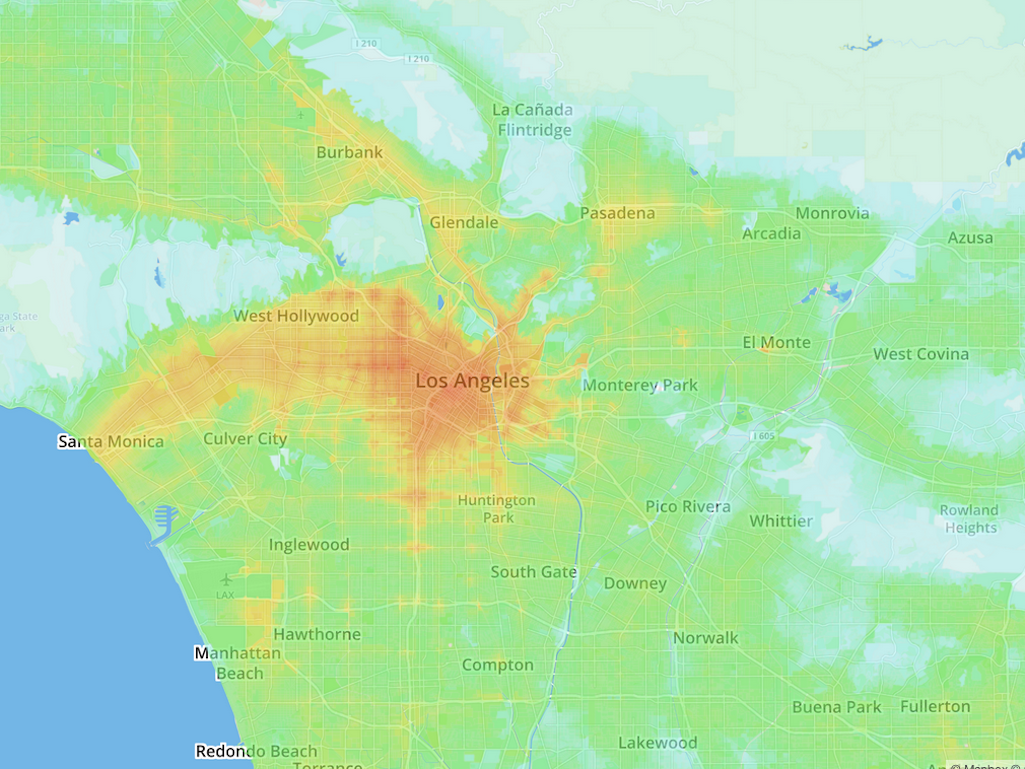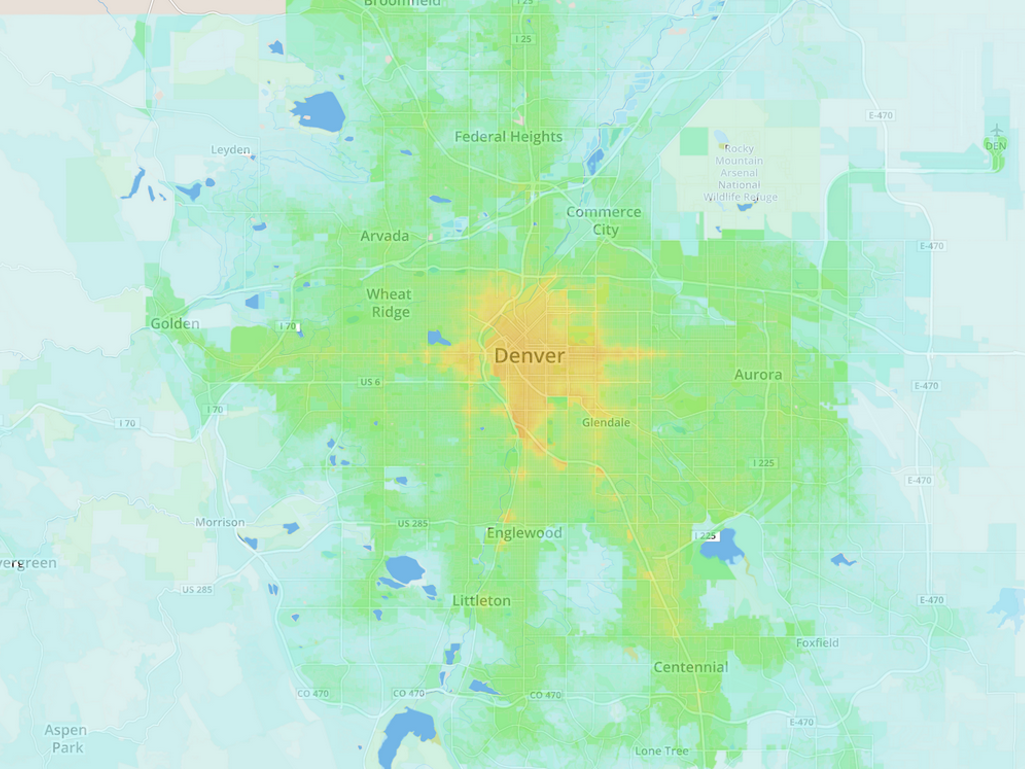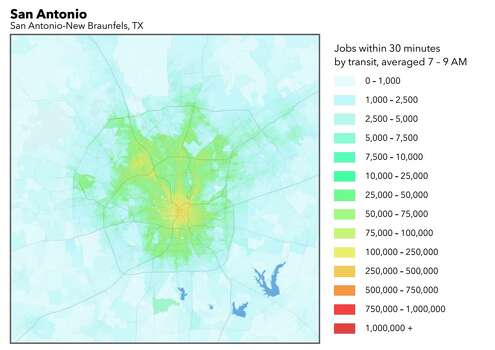beautifulplanet
Lead Service Attendant
- Joined
- Jan 29, 2014
- Messages
- 337
Pre-Scriptum: If already posted elsewhere in the forum, or better placed elsewhere, please move or delete.
Many agree on why rail and bus systems are so important - because the people benefit from them, not only when it comes to quality-of-life, health and environmental issues, also economically. Some may focus very much on it that aside from the larger effects of rail increasing economic activity and spurring economic investments, and on the damaging externalities from road and air traffic, so the damaging effects (in the form of costs to the public, but also human suffering that can't be expressed in a number) not being borne by the users of roads and air, and many may think there is also good reason to focus on that. Still there is also the basic question if people should be offered freedom of choice when it comes to transportation including rail and buses, or if the people should be denied that freedom by creating and expanding automobile dependency with the logic of "Why don't you just drive? Oh, well, if you don't have a car/if you're not able to drive, then it's just you having bad luck, then you're screwed (if you live in an automobile dependent area)". This effect might be especially important when it comes to access to jobs, and a recent study of the University of Minnesota's Center for Transportation Studies examined in a new study to what extend there is access to jobs - without a car - for many major cities across the country, measuring how many jobs are accessible by transit within certain commute time frames (f.e. within half an hour) and how many of those jobs there are, also taking into consideration transit speed, frequencies, necessary transfers and transfer times.
Here is the transit job accessibility map for New York City, jobs accessible by transit within 30 minutes. New York City is #1 in the ranking created by University of Minnesota due to density and transit. This map is taken from Wired's write-up on the topic, explanation of the color coding in San Antonio map at bottom of post:

Still also other cities scored surprisingly well in the study - cities that invested in public transportation like rail and bus systems, for example Los Angeles coming in #3 (ahead of Washington D.C., Chicago and Boston on #4, #5, #6 respectively), and a surprising but well-deserved #9 ranking was received by Denver. Here are the Los Angeles and Denver maps:


source:
America's 10 Best Cities for Commuting on Public Transit
October 9, 2014
By Alex Davies
http://www.wired.com/2014/10/americas-10-best-cities-commuting-public-transit/
To some, the recommondations by the study authors about how to proceed now are of special interest, according to the Wired article:
Finally, in contrast, here is the map for a city that voted down light-rail in 2000 and recently stopped the plan to build a streetcar system, and while many in town might be happy about the bus services offered by the local transportation authority, again and again one can read or hear statements like "What are we paying all these millions each year to VIA for?" - that city would be San Antonio. For some of those who have an interest in San Antonio and the beautiful Lone Star state, once again it might be clearly recognizable but sad to see what they might already know: Despite all laudable efforts, large parts of the city are not served well by public transportation yet. And as stories of people, with the next bus stop a 45 minute walk away, and due to inability to drive then having a really hard to time to find work as they can't reach jobs, might only qualify as anecdotal evidence, now it might be helpful to some to have academic research to refer to. Here is the map, published in local media with the caption "If you want to ride the bus to work in San Antonio, don't expect a quick trip: most jobs in San Antonio are at least an hour bus ride away, according to a study out of the University of Minnesota released Tuesday":

Taken from local coverage of the topic:
Want to ride the bus to work in San Antonio? Set aside an hour, study says
October 8, 2014
By Vianna Davila
http://www.mysanantonio.com/news/local/article/Want-to-ride-the-bus-to-work-in-San-Antonio-Set-5809620.php
In the following, there is the link to the study directly at the University of Minnesota's Center For Transportation Studies' website:
Access Across America
http://www.cts.umn.edu/research/featured/access
Many agree on why rail and bus systems are so important - because the people benefit from them, not only when it comes to quality-of-life, health and environmental issues, also economically. Some may focus very much on it that aside from the larger effects of rail increasing economic activity and spurring economic investments, and on the damaging externalities from road and air traffic, so the damaging effects (in the form of costs to the public, but also human suffering that can't be expressed in a number) not being borne by the users of roads and air, and many may think there is also good reason to focus on that. Still there is also the basic question if people should be offered freedom of choice when it comes to transportation including rail and buses, or if the people should be denied that freedom by creating and expanding automobile dependency with the logic of "Why don't you just drive? Oh, well, if you don't have a car/if you're not able to drive, then it's just you having bad luck, then you're screwed (if you live in an automobile dependent area)". This effect might be especially important when it comes to access to jobs, and a recent study of the University of Minnesota's Center for Transportation Studies examined in a new study to what extend there is access to jobs - without a car - for many major cities across the country, measuring how many jobs are accessible by transit within certain commute time frames (f.e. within half an hour) and how many of those jobs there are, also taking into consideration transit speed, frequencies, necessary transfers and transfer times.
Here is the transit job accessibility map for New York City, jobs accessible by transit within 30 minutes. New York City is #1 in the ranking created by University of Minnesota due to density and transit. This map is taken from Wired's write-up on the topic, explanation of the color coding in San Antonio map at bottom of post:

Still also other cities scored surprisingly well in the study - cities that invested in public transportation like rail and bus systems, for example Los Angeles coming in #3 (ahead of Washington D.C., Chicago and Boston on #4, #5, #6 respectively), and a surprising but well-deserved #9 ranking was received by Denver. Here are the Los Angeles and Denver maps:


source:
America's 10 Best Cities for Commuting on Public Transit
October 9, 2014
By Alex Davies
http://www.wired.com/2014/10/americas-10-best-cities-commuting-public-transit/
To some, the recommondations by the study authors about how to proceed now are of special interest, according to the Wired article:
The authors offer two approaches for improving accessibility. The first is obvious: Offer more and better service that reaches more people. But where jobs and homes are located matters, too. Atlanta has a heavy rail system comparable to those in New York, San Francisco, and Chicago, but because its job centers aren’t as concentrated, that service is less useful, and accessibility suffers. Cities can respond with land-use policies and zoning codes that encourage density around existing transit networks. The height limit on buildings in Washington, D.C., for example, triggers sprawl (away from transit). Oregon’s urban growth boundary laws restrict how much land can be developed, which encourages density. If cities follow the latter example, “encouraging both residents and employers to locate in parts of the city already served by transit,” they can improve accessibility and limit the burden each new residents puts on the transit system.
Finally, in contrast, here is the map for a city that voted down light-rail in 2000 and recently stopped the plan to build a streetcar system, and while many in town might be happy about the bus services offered by the local transportation authority, again and again one can read or hear statements like "What are we paying all these millions each year to VIA for?" - that city would be San Antonio. For some of those who have an interest in San Antonio and the beautiful Lone Star state, once again it might be clearly recognizable but sad to see what they might already know: Despite all laudable efforts, large parts of the city are not served well by public transportation yet. And as stories of people, with the next bus stop a 45 minute walk away, and due to inability to drive then having a really hard to time to find work as they can't reach jobs, might only qualify as anecdotal evidence, now it might be helpful to some to have academic research to refer to. Here is the map, published in local media with the caption "If you want to ride the bus to work in San Antonio, don't expect a quick trip: most jobs in San Antonio are at least an hour bus ride away, according to a study out of the University of Minnesota released Tuesday":

Taken from local coverage of the topic:
Want to ride the bus to work in San Antonio? Set aside an hour, study says
October 8, 2014
By Vianna Davila
http://www.mysanantonio.com/news/local/article/Want-to-ride-the-bus-to-work-in-San-Antonio-Set-5809620.php
In the following, there is the link to the study directly at the University of Minnesota's Center For Transportation Studies' website:
Access Across America
http://www.cts.umn.edu/research/featured/access
Last edited by a moderator:




